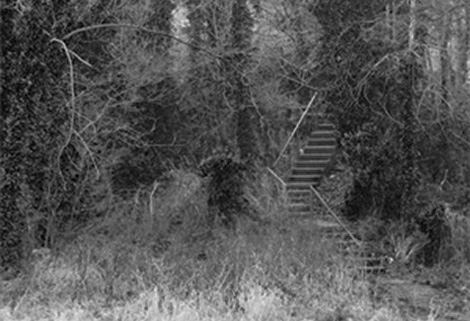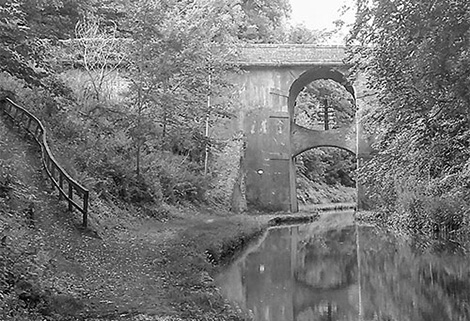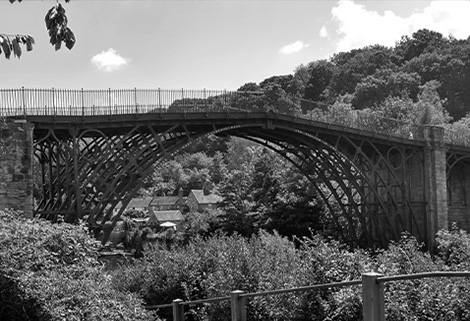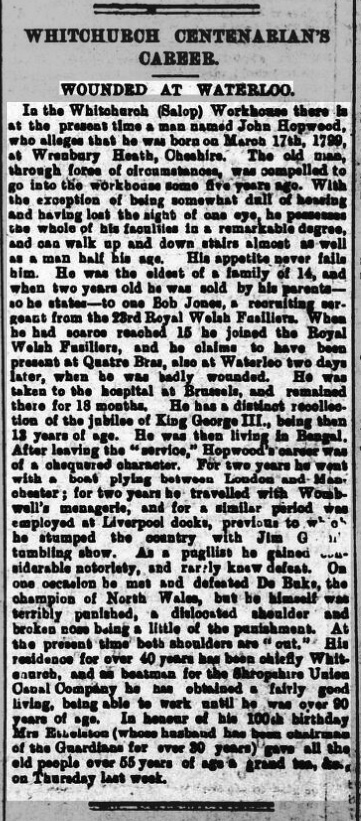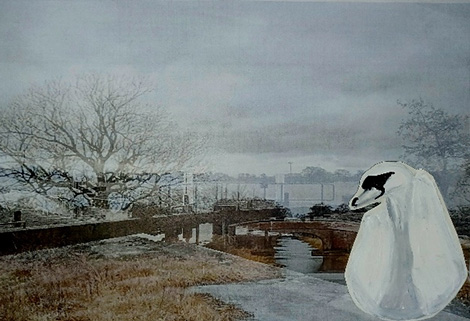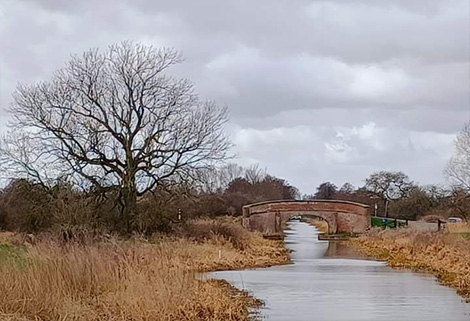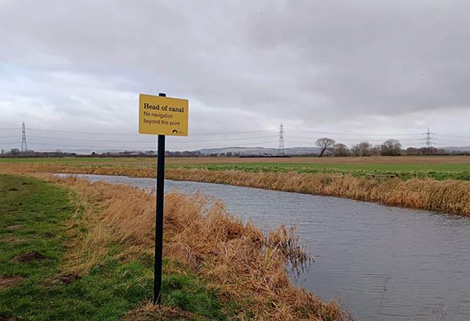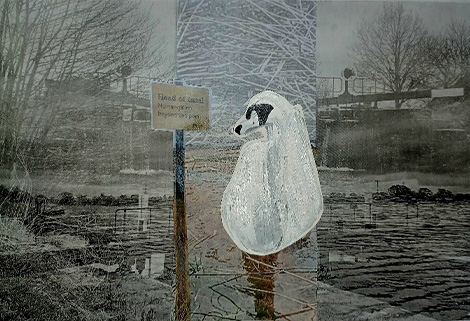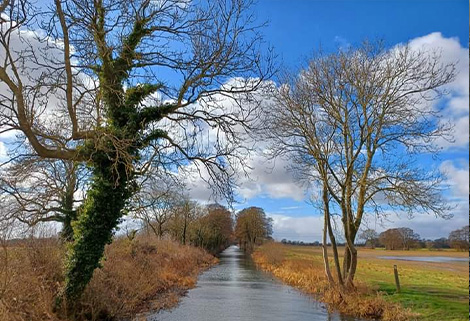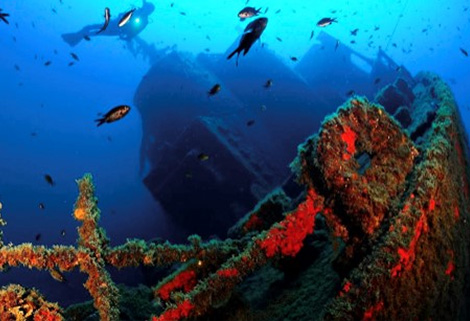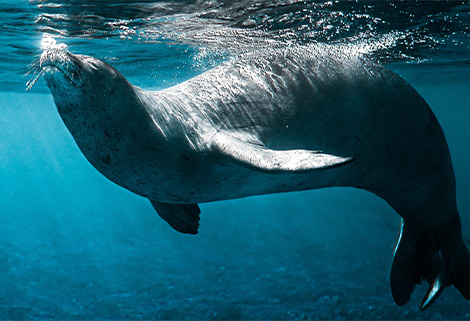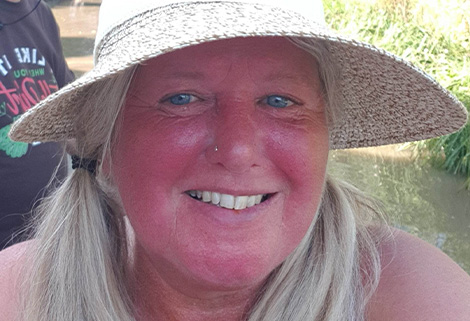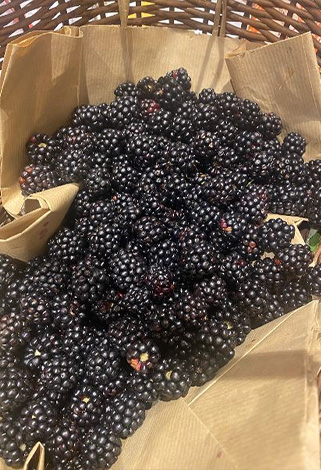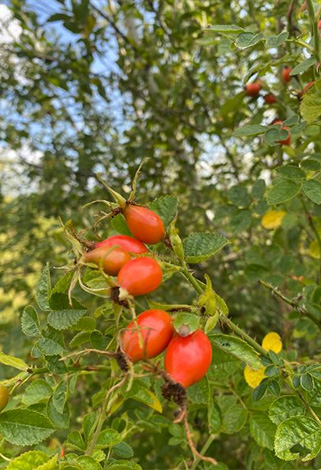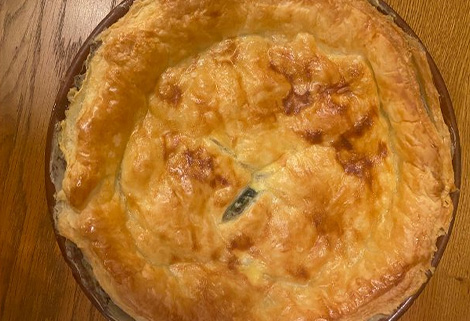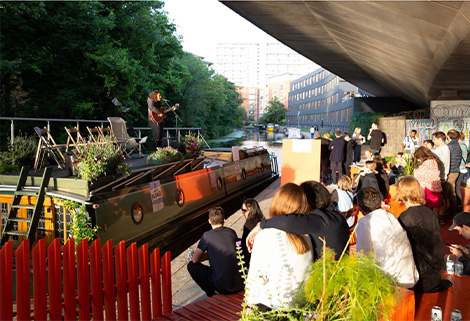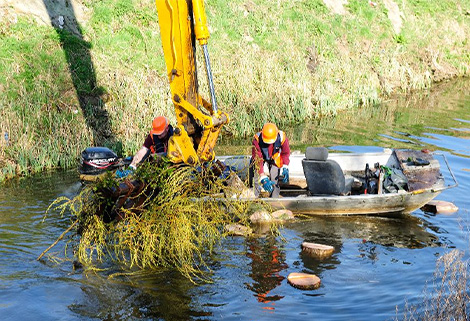meet the Reverend Chris Upton
as he becomes national leader for the waterways chaplaincy
The Waterways Chaplaincy is a community of trained volunteers who walk the towpaths and river banks of the country, offering a friendly chat and any assistance needed by a boater or towpath user who asks for help.
 Chris Upton was born in Northumberland but was brought up on Mersea Island, Essex. He says that the island, with its tides, mud and warm Essex weather was an idyllic place in which to grow up and he remembers seemingly endless summers of picnics on the islands of the Blackwater and Colne estuaries. His mother taught him to swim in the
Chris Upton was born in Northumberland but was brought up on Mersea Island, Essex. He says that the island, with its tides, mud and warm Essex weather was an idyllic place in which to grow up and he remembers seemingly endless summers of picnics on the islands of the Blackwater and Colne estuaries. His mother taught him to swim in the
sea, which he enjoyed all year round, and to sail. At first it was dinghies, then yachts, up and down the East coast and beyond. When he was not in or on the sea, he took long walks along the sea wall, appreciating the ever-changing distances.
He was not brought up as an active church goer and says being dragged there once a year on Christmas morning was quite enough, but he came to faith at his secondary school, a boarding school with a Christian ethos which meant attending chapel four times a week. Initially, this all left him unresponsive but, in order to escape some French homework, he attended a mission event, led by a team from Christians in Sport. Three nights later he took the plunge and decided to give his life to Christ.
From then on he became very involved in the school’s Christian Union and started leading services in the chapel. He says there was not a microphone in sight so he had to project his voice to reach over 500 pupils, which ability has been of great value.
Whilst at Newcastle University as an undergrad, indulging his love of boats “and all things watery” by studying Naval Architecture, he also led the Christian Union. He met his wife at a freshers’ fayre Christian Union event. She was part of the drama group looking to attract new members and he was unable to resist! They married the
day after his graduation and together went to Jamaica for a year, working as teachers in a small school in the mountains.
Returning to Essex for five years, they set up home and raised a family. During this time, Chris worked in a variety of jobs that included fisherman and boat builder, but he ended up combining church youth work with painting and decorating.
In 2000 he felt drawn into the ministry and they moved to landlocked Haworth in West Yorkshire, where he served as student minister at West Lane Baptist Church. ‘Student minister’ means that he was on day release whilst studying theology at Manchester university. He became the sole person in charge of the church, like a curate but with no senior cleric in place to guide him. He says, “It was daunting but I learnt fast and the congregation were very forgiving!”
Chris is still in Haworth 23 years later but no longer as church minister. He is still a ‘reverend’ and an accredited Baptist minister but has moved from pulpit to pew, “which is taking a little time to get used to”. However, it has opened up new areas of service and in January this year he started as church funding officer for the national charity Christians Against Poverty. This is only a part-time role and dovetails well with his new work for the Waterways Chaplaincy. He is also helping a number of clergy as an accredited pastoral supervisor.
Chris also enjoys running, cycling, fixing things and helping to lead the local community cinema. He finds that the beauty of the natural world with its space and silence clears his mind and speaks to his soul, which he says is very needed on occasions!
Chris is excited about the future and where the Lord will lead the Waterways Chaplaincy under his leadership. We wish him fair weather and happy sailing!

